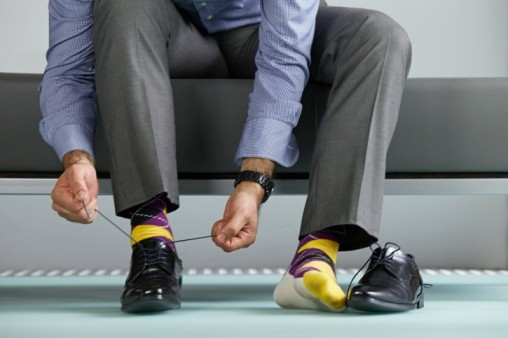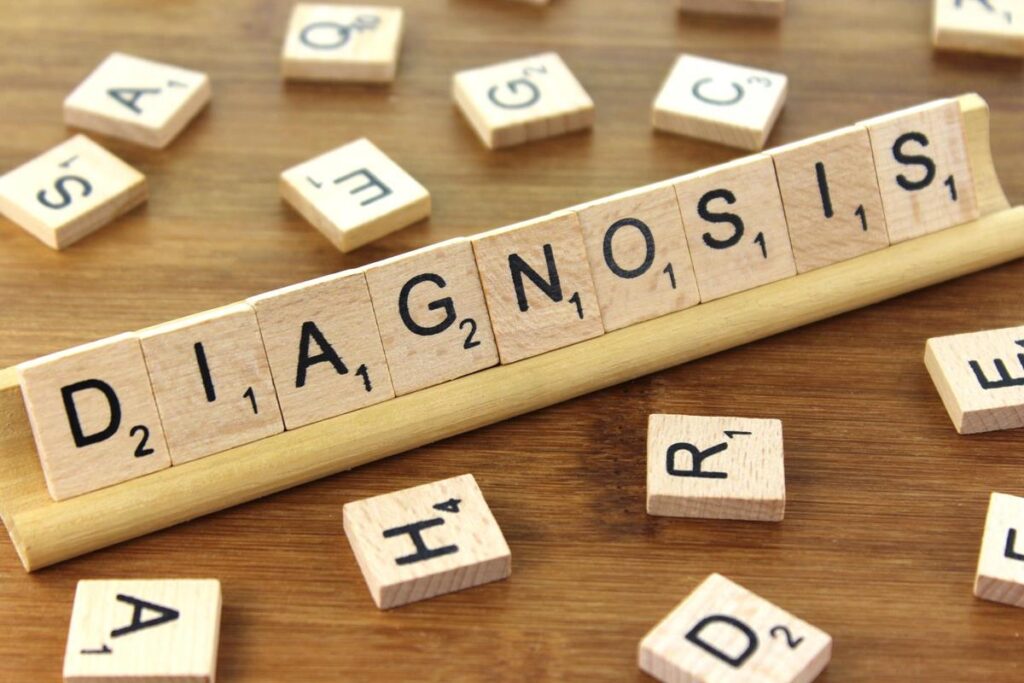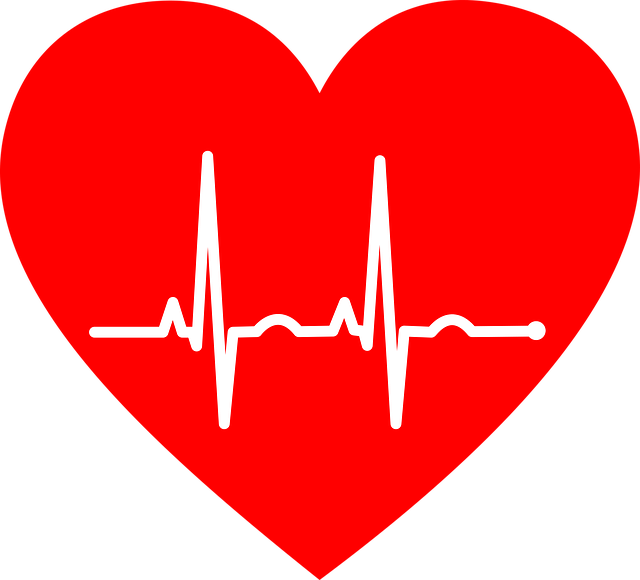
🫁 When Bending Causes Breathlessness
What is Bendopnea. As a result, have you ever noticed that you feel short of breath when bending forward. So then, like when tying your shoes, picking something up, or leaning over the sink? However, if so, it might not just be normal aging or being out of shape. Here, it could be a condition called bendopnea.
This unusual symptom can be a warning sign of heart trouble. And it’s important to understand what it is, why it happens, and what you should do if it affects you.
📖 A Little History: What Is Bendopnea?

What is Bendopnea. Subsequently, the word bendopnea comes from two parts:
- “Bend” — referring to the position of the body, and
- “-pnea” — meaning shortness of breath.
Above all, the term was first introduced in 2014 by researchers who noticed that some patients with heart failure experienced shortness of breath specifically when bending forward. Also, something not previously given much attention in medical circles.
But now, bendopnea is recognized as a potential clinical sign of advanced heart failure. But particularly when fluid builds up and the heart struggles to pump efficiently.
🔍 What Causes Bendopnea?

What is Bendopnea. So then, in people with certain types of heart failure (usually heart failure with reduced ejection fraction). Hence, bending over increases the pressure inside the chest and abdomen. This pressure affects how blood flows through the heart, especially on the right side, and can lead to:
- Increased pressure in the lungs,
- Fluid backup, and
- Difficulty breathing within seconds of bending forward.
It’s often a sign of elevated filling pressures in the heart — meaning the heart is having trouble managing the blood returning to it.
⚠️ Common Symptoms of Bendopnea
The key symptom is shortness of breath when bending forward, but it may also be accompanied by:
- A feeling of pressure or heaviness in the chest
- Difficulty catching your breath during everyday tasks
- Swelling in the ankles or lower legs (fluid retention)
- Fatigue, especially during mild exertion
- Rapid heartbeat or irregular rhythm
🛑 Important: If you experience breathlessness when bending plus any of these symptoms, it’s essential to consult a doctor. Bendopnea may be an early red flag for heart failure or fluid overload.
🏥 How Is Bendopnea Diagnosed?

There’s no single test just for bendopnea — instead, it’s identified as part of a full heart failure assessment.
Your doctor may ask you to:
- Bend forward for about 30 seconds to see if shortness of breath develops
- Undergo tests such as:
- Echocardiogram (to check heart function)
- Chest X-ray (to look for fluid in lungs)
- ECG (to check heart rhythm)
- Blood tests (including BNP levels that rise with heart strain)
It’s usually diagnosed in people who already show other signs of heart failure.
💊 Treatment Options

What is Bendopnea. Since bendopnea is not a disease itself — but a symptom of underlying heart problems — treatment focuses on managing heart failure and reducing fluid buildup.
Common treatment strategies include:
- Diuretics (water pills) to remove excess fluid
- ACE inhibitors or beta-blockers to support heart function
- Lifestyle changes such as:
- Reducing salt intake
- Limiting fluid intake (in some cases)
- Losing excess weight
- Regular light exercise (as advised by your doctor)
- Monitoring daily weight to spot early signs of fluid buildup
- Sleeping with head elevated to ease nighttime breathing
In more advanced cases, specialized devices or surgical options may be considered.
🧘♂️ Daily Tips to Manage Bendopnea Symptoms

What is Bendopnea. If you live with heart failure and bendopnea is affecting your routine, try these strategies:
- Avoid bending at the waist. Instead, bend at the knees or squat when reaching down.
- Use tools with long handles, like shoehorns or grabbers, to limit bending.
- Elevate your feet during rest to help reduce swelling.
- Take breaks during chores to avoid overexertion.
- Track your symptoms daily in a log to spot patterns and inform your healthcare provider.
🩺 When to Seek Medical Advice

What is Bendopnea. If you develop new or worsening shortness of breath when bending, especially with:
- Leg swelling
- Chest discomfort
- Rapid weight gain
- Reduced ability to perform daily activities
…it’s time to speak to a healthcare provider. Early detection can make a major difference in managing heart failure and preventing complications.
💬 Final Thoughts
Bendopnea may sound like a small or unusual symptom, but it can be your body’s way of saying “Pay attention.” It’s not just about getting older — it’s often about how your heart is coping.
The good news is that with proper care, lifestyle adjustments, and early detection, people with bendopnea and heart failure can still live active, fulfilling lives.
So, if tying your shoes leaves you breathless — don’t ignore it. Get it checked.
Pensioner Fitness – Helping You Stay Strong, Steady, and Self-Reliant
DONATE
DONATE
Pensioner Fitness
Pensioner Fitness Awards
THE BUSINESS CONCEPT, BEST IN BUSINESS AWARDS
- “MOST INSPIRING SENIOR WELLNESS WEBSITE 2023“
THE GLOBAL HEALTH AND PHARMA, FITNESS AND NUTRITION AWARDS
2. “BEST SENIOR FITNESS AND NUTRITION SPECIALIST 2023“
THE MIDDLE EAST AND AFRICA BUSINESS AWARDS
3. “ MOST INCLUSIVE FITNESS PROVIDER 2023″
THE CORPORATE LIVE WIRE GLOBAL AWARDS 2023/2024
4. ” FITNESS ADVISORY PLATFORM OF THE YEAR“ 2023/2024
In Conclusion
Finding yourself having this symptom is something you need to take seriously, it might just be age but it also could be a serious heart warning sign you s hould not ignore, only a doctor can tell you for sure, so if yopu are concerned go see your doctor.
Important Note *
Remember that everyone is different, it is ultimately YOUR RESPONSIBILITY to find what your body responds to. So please do your due diligence before trying anything new, including getting Medical Advice to ensure your safety and peace of mind.
and leave a comment
Connect with me and leave a comment